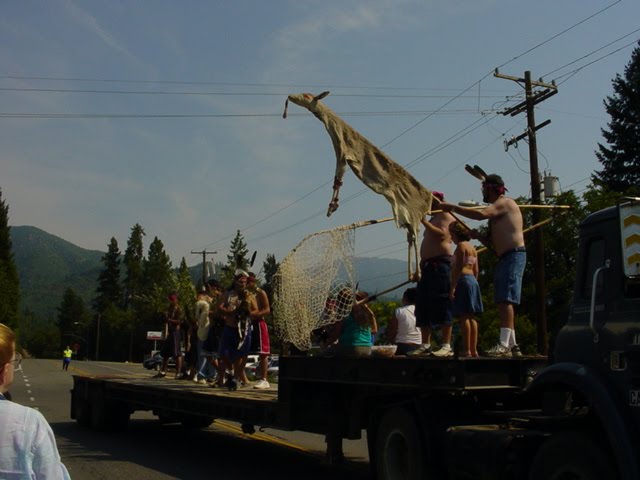
Mt. Shasta
Below the ruptured mountain top
Lies a strange and battered landscape.
Large rounded mounds of heaved earth
Were laid bare by fire and ash 150 years ago
Pock marked with black rock, basalt bombs
Once rained down the west and north face.
A cinder cone near the freeway continues to crumble
Scarce of trees or any living thing, a testament
to the lack of viable soil. After a hundred years
Gold brought people to this land, and the soil
Once again supported some wild grasses
And a near by valley grew strawberries.
A lone coyote follows a cattle herd
Hungering for some late fall calves.
This mountain will erupt again someday
But now there is much more in it’s way.










.jpg)
